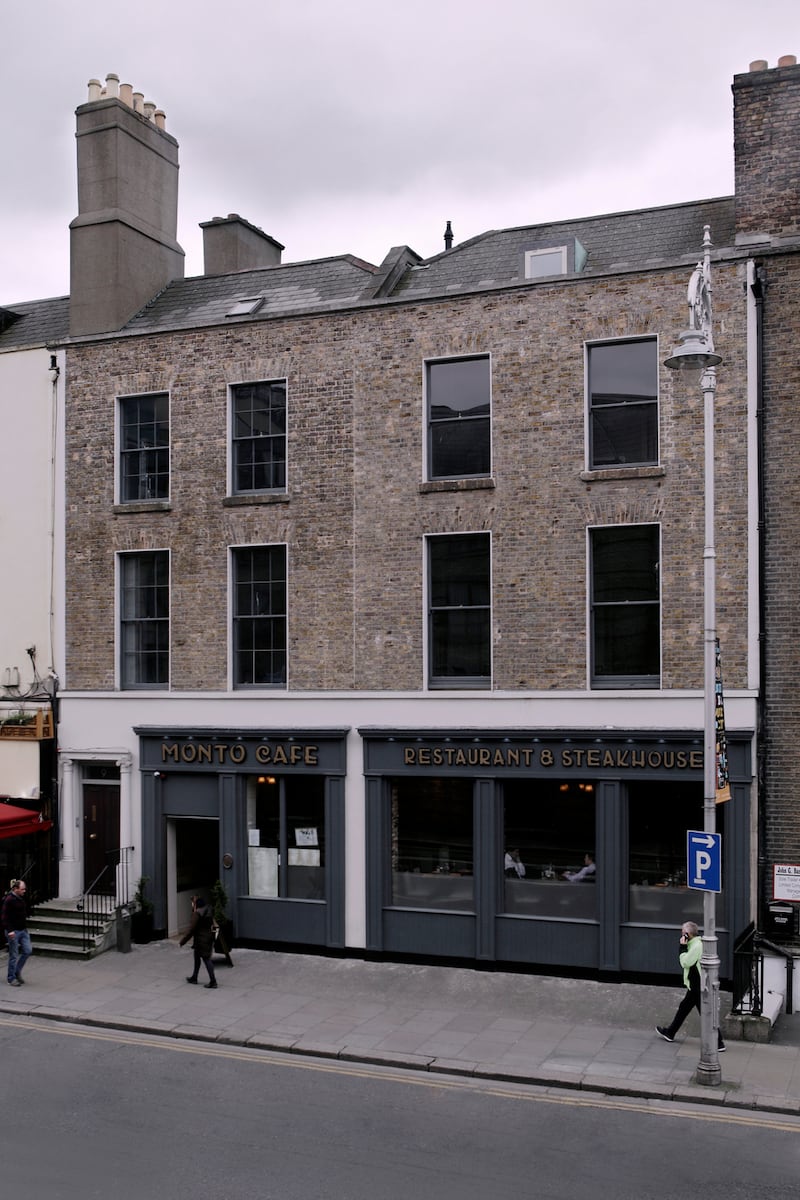Minister for Housing and Planning Darragh O’Brien’s recent pledge to review the regulations that govern the protection of Ireland’s architectural heritage is good news – not only for the impact it could have on the provision of homes in our cities and town centres, but also on the conservation of historic buildings and the restoration of their overall vitality and viability.
Although the State’s Architectural Heritage Protection Guidelines cite the benefits of adapting historic buildings to meet changing needs, the Minister’s statement alludes to concerns that a sometimes inflexible interpretation of conservation principles is inadvertently putting at risk what the 2000 Planning Act sought to protect: “Structures of special architectural, historical, archaeological, artistic, cultural, scientific, social and technical interest.”
There is no doubt that Ireland’s cities and towns contain many historic buildings that ought to be preserved unchanged. However, few are of such heritage value that they are not capable of being remodelled to accommodate new uses, and especially those that have outlived the functions for which they were constructed.
The heritage guidelines note that conservation of buildings and places does not infer that they are forever frozen in time, stating that, “The creative challenge is to find appropriate ways to satisfy the requirements of a structure to be safe, durable and useful on the one hand, and to retain its character and special interest on the other”.
However, the guidelines also state that “dramatic interventions in a protected structure are rarely appropriate” and that changes should be kept to a minimum, in a message that suggests “do as much as necessary and as little as possible”.
Heritage value
This principle of minimum intervention contrasts with the Granada Convention for the Protection of the Architectural Heritage of Europe that Ireland signed up to in 1985. Among the policies agreed by its signatories were undertakings to foster "the use of protected properties in the light of the needs of contemporary life" and "the adaptation where appropriate of old buildings for new uses".

One of the key issues is that, under the 2000 Planning Act, all buildings of heritage value are listed as protected structures. There is no grading, nor is there any requirement for an evidence-based justification for their listing; the same level of protection is applied to the structure, its interior, fittings and curtilage, irrespective of whether the building is of international, national, regional or local interest. Thus, a listed cottage has the same status as the GPO.
In the UK, by comparison, there are three grades of protection, from “buildings of exceptional interest” – less than 3 per cent of those listed – to “buildings of special interest” that comprise more than 90 per cent of the total. The degree of protection, and the extent of alteration and/or extension permitted, is determined by the significance of the building in question.
As a result of Ireland’s rigid listing system – as well as our draconian fire and access regulations – the designation of a property as a protected structure reduces its value, not least because of the risks involved in obtaining planning permission and building regulations approval for alterations and adaptations to new uses, especially residential.
There is no doubt that this has contributed to the decline of our historic urban centres, many of which have protected structures that are vacant, derelict and in inappropriate uses, while housing, schools, shopping, commerce and civic functions relocate to out-of-town locations.
While the 2000 Act stipulates that planning permission is required for works that materially affect the character or special interest of a protected structure, it does not state that there should be a prohibition of such works. Yet the principle of “minimum intervention” that the guidelines recommend is often used to underpin planning authorities’ refusals of permission for interventions and changes of use of protected structures – even those that do not compromise essential heritage values, and where the original use might no longer be viable.
Interventions
As Maurice Craig, the doyen of architectural conservationists, stated in his introduction to a 1975 series of papers entitled Architectural Conservation: an Irish Viewpoint: “If we want to freeze the appearance of any street or precinct in the centres of our towns, it is essential that we know exactly what we are doing.”

But thinking has evolved in the past decades. Shaping the Future – Case Studies in the Adaptation and Reuse in Historic Urban Environments, published as a government policy on architecture initiative (and edited by this writer), presented a total of 50 examples of best practice in combining contemporary interventions with heritage conservation to deliver outcomes that are architecturally richer than either on its own.
More recently, the Royal Institute of the Architects of Ireland and the Department of Culture, Heritage and the Gaeltacht jointly published Old House, New Home, an on-line compendium of case studies to illustrate not only the heritage benefits of conserving historic properties, but also that reuse of our existing building stock is a key contributor to sustainable development – the most carbon-neutral building is one that already exists.
The key issue which these publications highlight is the need to devise exemplars that demonstrate how protected structures can be conserved and adapted to the demands of today – especially housing – while protecting the essential aspects of their historic character and architectural quality, as well as restoring the vitality of their urban locations.
As Mr O’Brien has stated, inflexible planning control in the area of conservation is a disincentive for people to invest and live in urban places. His promised review might ensure that the protection of Ireland’s architectural heritage is not seen as an end in itself, but rather an ingredient in the broader context of planning and delivering the sustainable development of our cities, towns and villages.
We await with interest the Minister’s proposals to square this circle.
Paul Keogh is a former president of the RIAI. Paul Keogh Architects projects include the planned College Green Civic Plaza and the remodelling of 51 Dawson Street, winner of the RIAI's 2020 Award for Adaptation and Reuse











